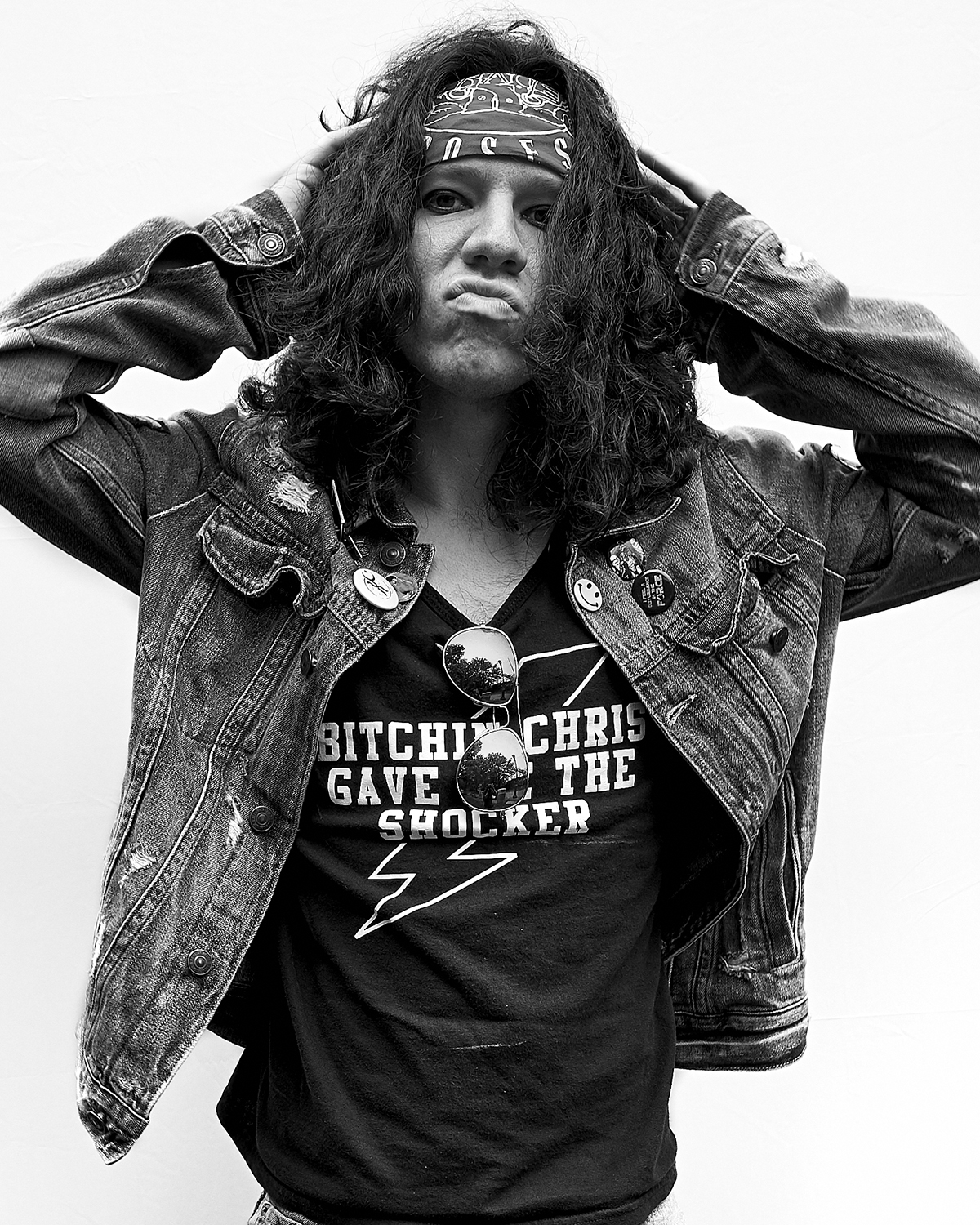
Since 2012, Romanian photographer David Burlacu has called New York City home. The European transplant has made a name for himself as a sought-after portrait photographer, with his work published in The New York Times, Huffington Post, and Rolling Stone.
His insightful images capture the spirit of his subjects, whether they’re formally posed portraits or candid street shots. Modern Tribes, his new personal project, examines community-based subcultures and their role in modern society. Punk Island, a free music festival on Randall Island, was the location for Burlacu’s first shoot for the project.
By combining his skill as a portrait photographer with the spontaneity of a documentary photographer, he was able to take away a set of intriguing portraits that exemplify New York’s punk music scene. We had a chance to chat with Burlacu about his love of portrait photography and the inspiration behind Modern Tribes. Read on for our exclusive interview.
Romanian photographer David Burlacu documents the punk scene in New York City.
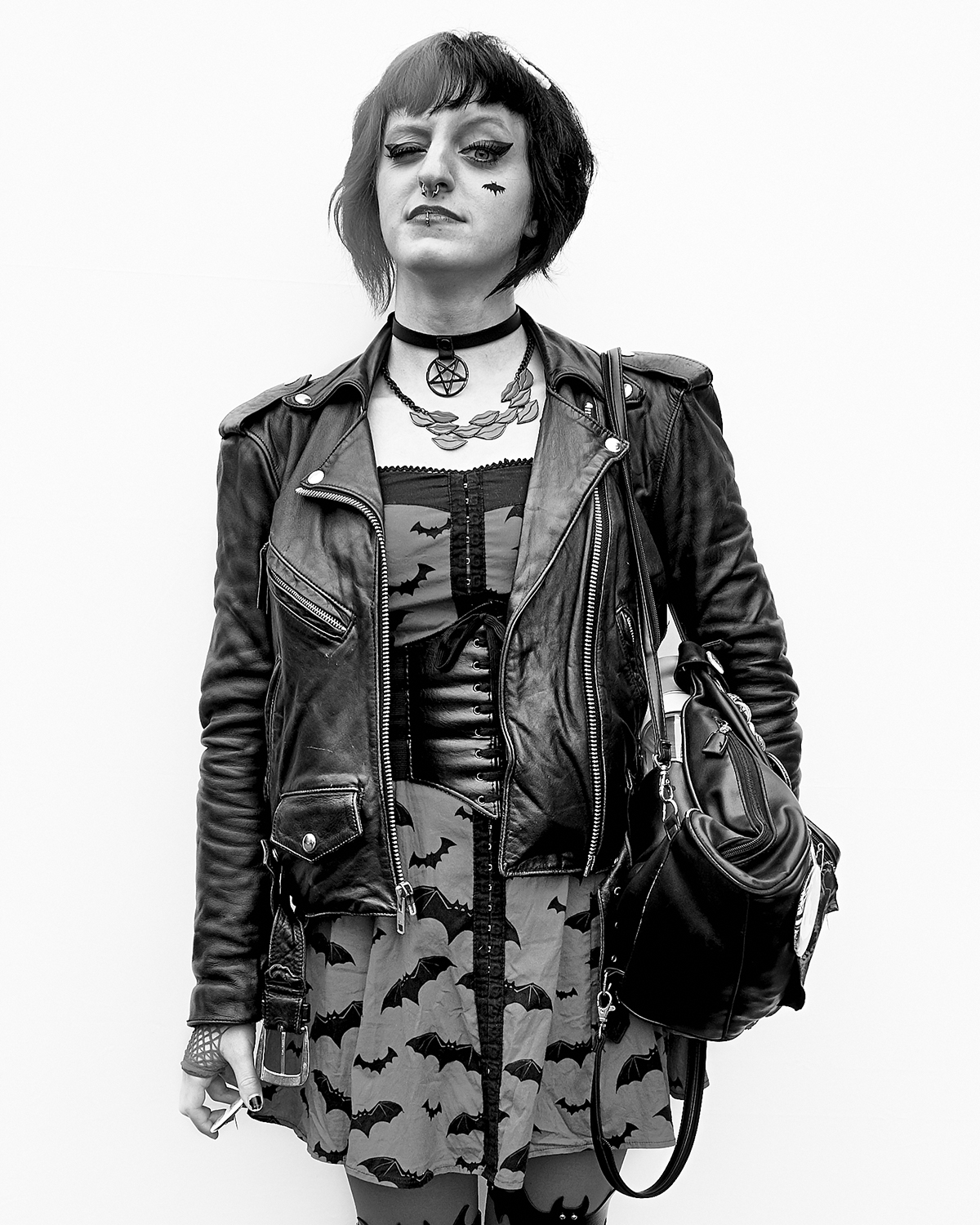 You studied accounting in Romania. Can you tell us how you transitioned into working as a photographer?
You studied accounting in Romania. Can you tell us how you transitioned into working as a photographer?
I went to college for accounting because the admission process had the toughest math test in the country. I was just curious to see if I’d pass it. I ended up getting a full scholarship. I wasn’t ever crazy about accounting I just kind of liked math, more to the point—creative problem-solving. In all honesty, to ask a 17-year-old kid what he wants to do for the rest of his life is kind of absurd.
I always messed around with photography but I never considered it a career—I never thought I could make money with it. That’s until I moved to NY in 2012. Basically, I just finished my Master’s program in Romania and I was looking to start my career, whatever that may be. I was applying for photo jobs and bookkeeping jobs. I kind of left it to faith to decide what that career might be. Luckily, I got a job in photography at Hudson Studios as an equipment assistant. The crew at Hudson took me under their collective wing and taught me everything I know about photography. I’m not exaggerating when I say they’re my extended family.
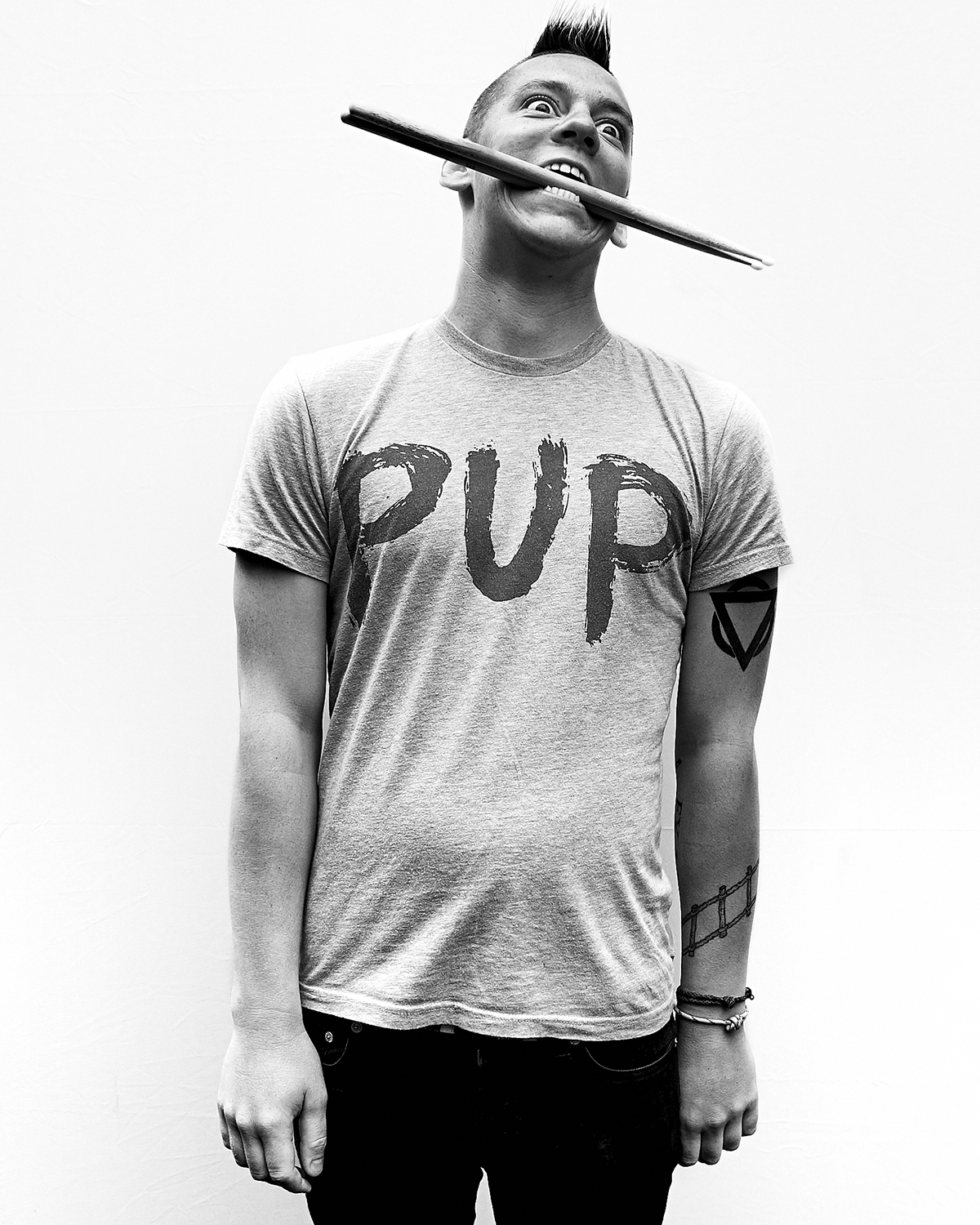 Can you explain a bit about Punk Island and what inspired your series of portraits there?
Can you explain a bit about Punk Island and what inspired your series of portraits there?
Punk Island is a festival that takes place on Randall’s Island every year. Tons of DIY bands attend every year and it’s an amazing community building event. I heard about Punk Island about a year ago and it stuck with me. I knew some of the bands that played and I started poking around. Finally, I reached out to the organizers and told them my idea for a portrait series. They were incredibly accommodating and helpful!
Punk Island is the first chapter for the series Modern Tribes, an anthropological study on how the community landscape has seemingly changed but still has the same core values from way back when actual tribes were the norm.
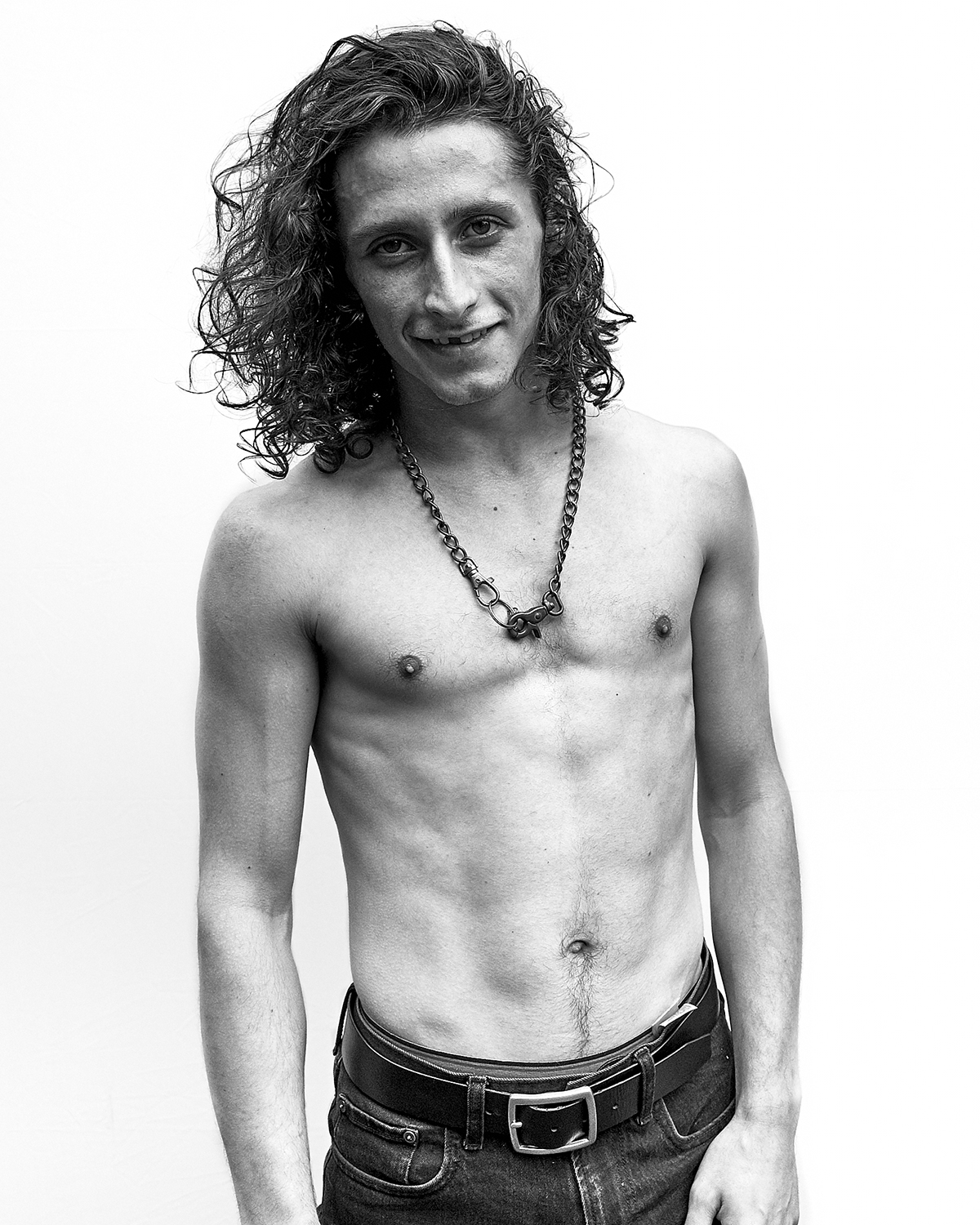 What is it you enjoy most about portrait photography?
What is it you enjoy most about portrait photography?
Oh, this one’s easy! Hands down the intimacy. Think about it—in a society where people are more and more layered with tech and social media, a portrait is such a clear-cut way to get to know somebody.
And what is the most challenging part of this type of photography?
Again, the intimacy part! I think it depends mostly on the subject. With Punk Island I think it’s mostly the time restraints—I wish I had more time to spend with each subject. But it’s also a great way to challenge myself to read people faster.
 How did you go about finding the subjects for your portraits at Punk Island?
How did you go about finding the subjects for your portraits at Punk Island?
There’s a two-tier system, you have the aesthetics of your subject on the one hand and context on the other. The best example for this would be the father and son picture—one of my favorites from that series. It brings into focus the continuity of tribes.
What equipment do you use for this type of shoot?
A 6×8 Silver White Sunbounce and a diffuser to soften the light if I run into harsh sun. It’s all natural light shot outside.
 What do you enjoy most about exploring different types of underground groups?
What do you enjoy most about exploring different types of underground groups?
I think of it as a social blueprint of the times we live in. I think that’s why it’s important to shoot it and share it with the world.
What do you hope people take away from the series?
Punk’s not dead? Haha, no seriously I think/hope what people should take away from this is the curiosity to explore different types of subcultures, the take away being that you get to know yourself better. And as people, I think that’s the most important thing we can do.
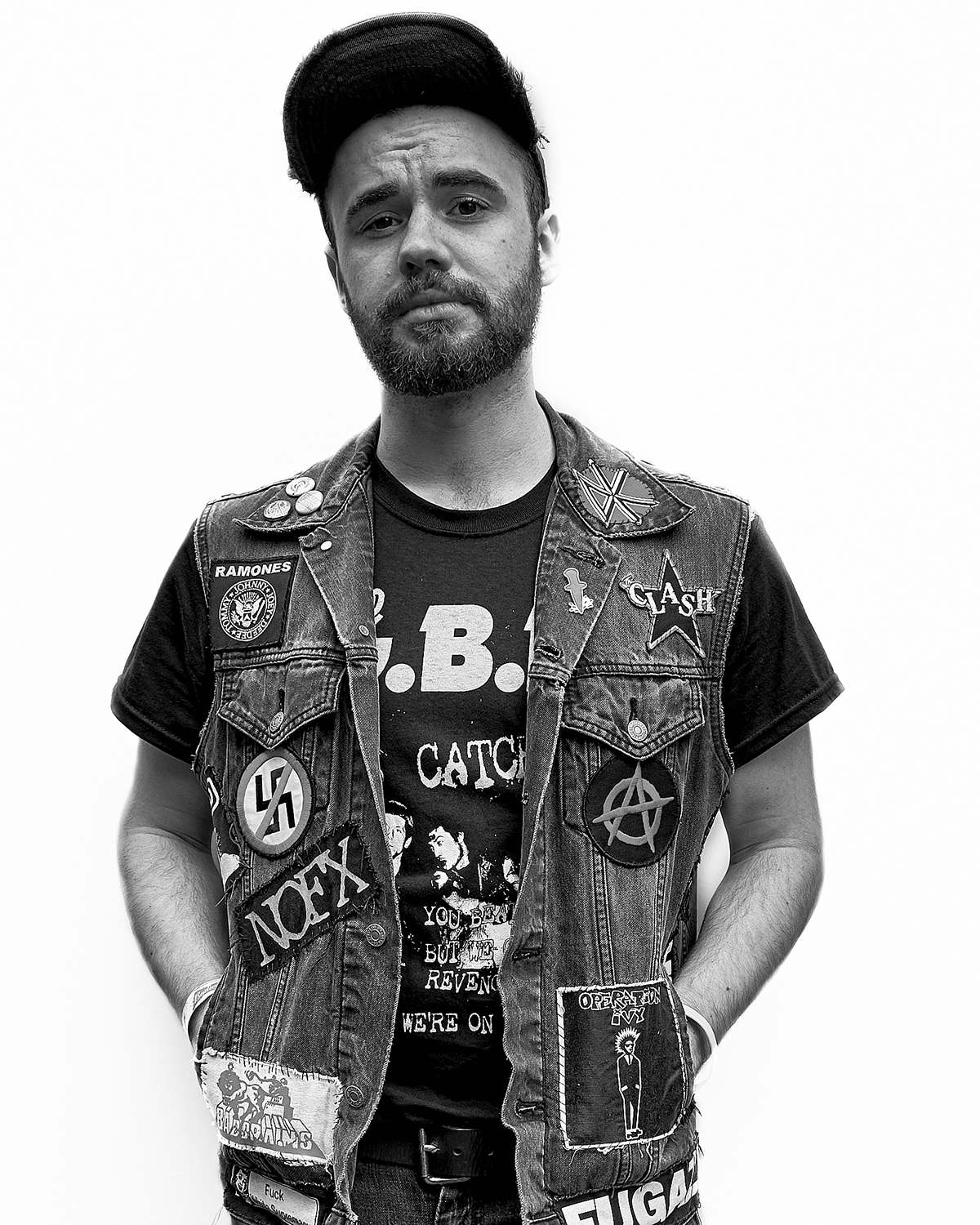 What’s next?
What’s next?
Chapter 2, Wasteland Weekend in California. Five days in the desert surrounded by Mad Max characters!
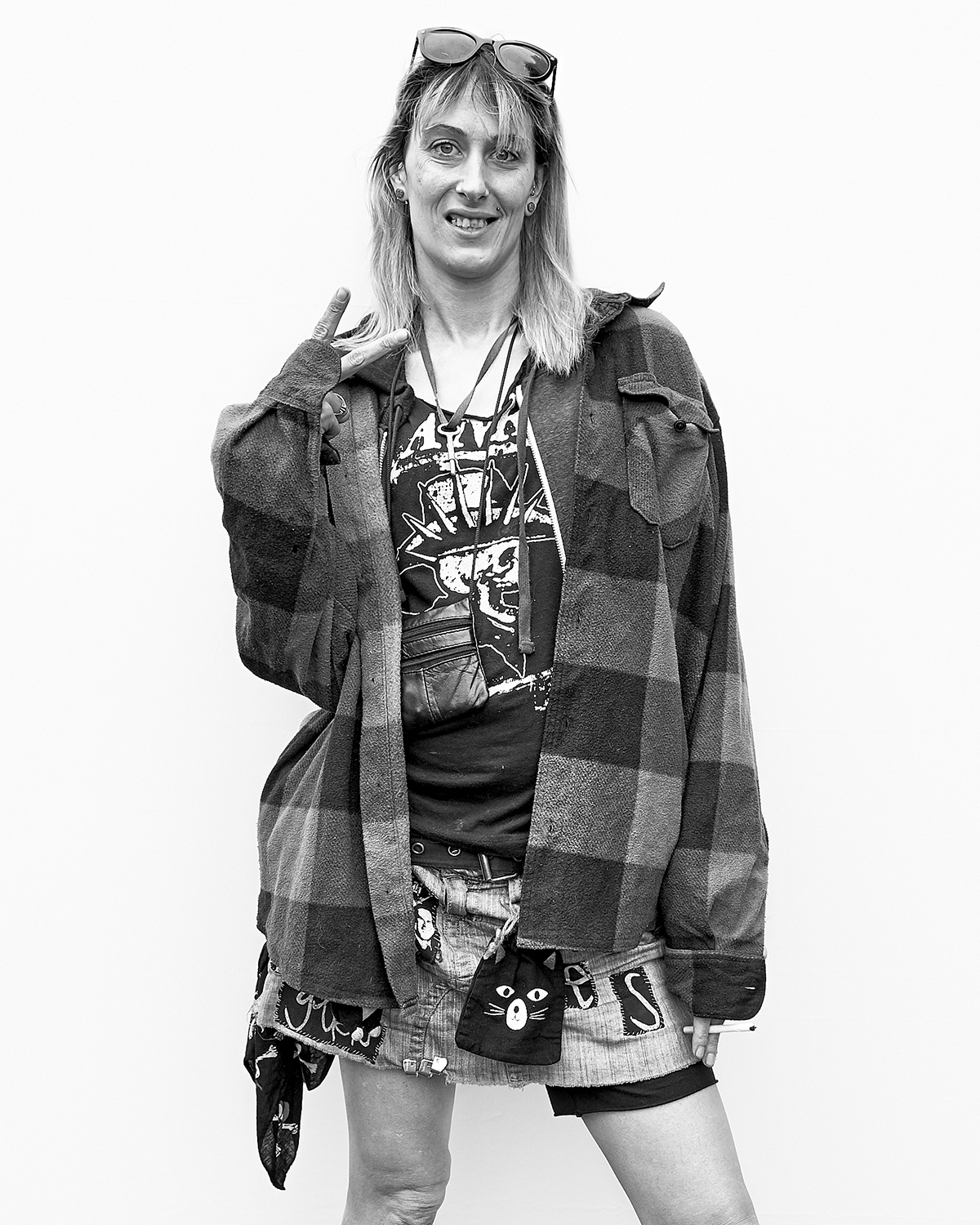 David Burlacu: Website | Instagram
David Burlacu: Website | Instagram
